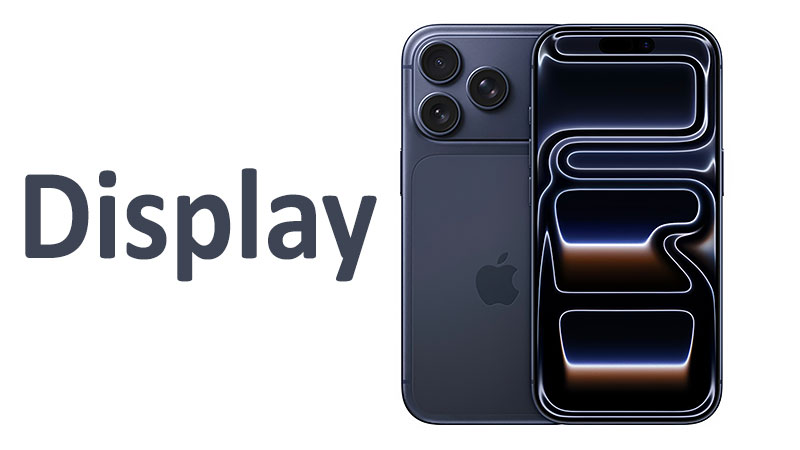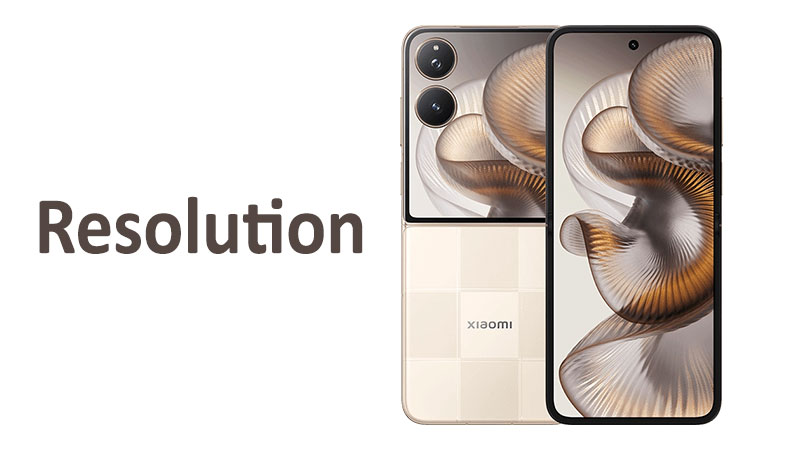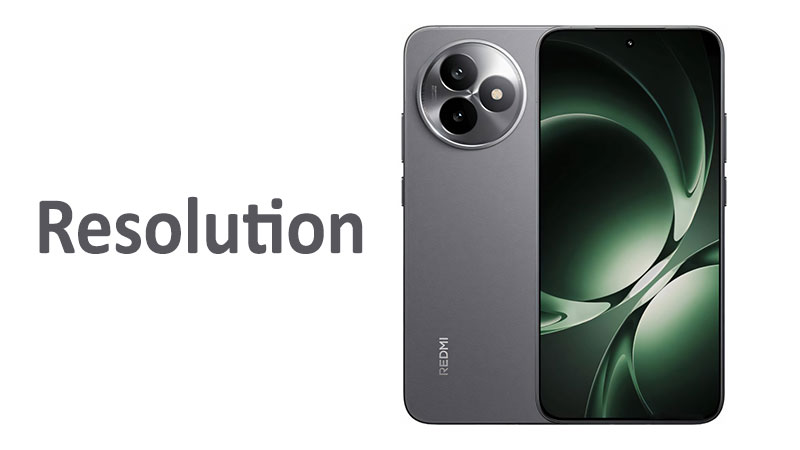The Apple iPhone 17 Pro Display represents a significant leap in mobile screen technology. It is a critical component of the user experience. This display is where all digital interactions take place. Therefore, its quality directly impacts everything you do. We will conduct a thorough review of the screen’s specifications and advanced features. Our analysis will help you understand this next-generation iPhone 17 Pro technology. We will explore its innovative materials and exceptional performance metrics.
The Core Technology: LTPO Super Retina XDR OLED
The iPhone 17 Pro utilizes an advanced LTPO Super Retina XDR OLED panel. This screen technology is the foundation of its visual excellence. The display combines several cutting-edge features for superior quality. It offers perfect blacks and infinite contrast ratios. This is a signature benefit of all OLED displays. Furthermore, the integration of LTPO technology is crucial.
Understanding LTPO and ProMotion
LTPO stands for Low-Temperature Polycrystalline Oxide. This is a specialized backplane technology. It manages the power delivery to each pixel on the screen. Consequently, the display can dynamically change its refresh rate. This feature is marketed by Apple as ProMotion technology. The iPhone 17 Pro supports a variable refresh rate up to 120Hz.
The Advantage of Dynamic Refresh Rates
The screen can drop its refresh rate down to 1Hz. This happens when static content, like a photo, is shown. When scrolling or playing a game, it ramps up to 120Hz. This dynamic adjustment is incredibly important. It ensures liquid-smooth motion when needed. Conversely, it saves significant battery life when not required. For example, scrolling feels extremely fluid and responsive. However, reading a text conserves power effectively. This makes the LTPO display highly efficient.
Specialized Comparison: ProMotion vs. 60Hz
A standard smartphone display typically operates at 60Hz. This means the image updates 60 times per second. The iPhone 17 Pro’s 120Hz ProMotion panel updates 120 times per second. This difference is immediately noticeable to the human eye. Motion blur is dramatically reduced. Animations appear crisp, clean, and instantaneous. This high-refresh-rate capability is essential for competitive gaming. It also improves the overall perception of device speed. Many competitors now offer 120Hz, but Apple’s LTPO implementation remains industry-leading. This is due to its superior power efficiency at lower refresh rates.
Pros and Cons of LTPO ProMotion
| Aspect | Pro | Con |
|---|---|---|
| Fluidity | Incredibly smooth scrolling and animations. | Can be battery-intensive when running constantly at 120Hz. |
| Efficiency | Excellent power saving with the 1Hz minimum refresh rate. | Requires specialized software optimization by app developers. |
| Gaming | Provides a competitive advantage with reduced input lag. | Not all mobile content supports or needs the full 120Hz rate. |
Brightness Breakthrough: The 3000 Nits Peak
One of the most remarkable upgrades is the display’s peak brightness. The iPhone 17 Pro achieves an extraordinary 3000 nits peak brightness. Nits measure the intensity of light output. This brightness is categorized across three distinct levels. Each level serves a specific and important purpose.
Typical Brightness for Daily Use
The standard brightness for everyday use is 1000 nits (typ). This is a very high brightness level. It ensures excellent visibility in typical indoor lighting conditions. This level is also responsible for maintaining display longevity. It is the ceiling for sustained, all-white content. This “typical” level is already brighter than many competitors’ maximum settings.
High Brightness Mode (HBM) for Outdoor Visibility
The display can reach 1600 nits (HBM) in High Brightness Mode. The phone automatically engages this mode in bright sunlight. Direct sunlight often washes out lesser screens. However, the iPhone 17 Pro screen remains clear and legible outdoors. This is a crucial feature for any user. It improves the usability of the phone significantly under the sun. This HBM is essential for outdoor photography and navigation.
Peak Brightness for HDR Content
The 3000 nits (peak) level is reserved for High Dynamic Range (HDR) content. This peak is not used for the entire screen simultaneously. Instead, it illuminates small areas of the screen for short bursts. These bright spots represent highlights in HDR videos and photos. Examples include reflections on metal or bright sunlight. This extreme brightness creates stunning realism. It significantly enhances the visual impact of movies and shows. The iPhone 17 Pro Display pushes the boundaries of cinematic quality.
Specialized Comparison: 3000 Nits vs. Previous Models
The prior generation iPhone Pro models peaked around 2000 nits. The jump to 3000 nits is an incredible 50% increase. This is not just a minor specification bump. It fundamentally changes the HDR viewing experience. Shadows look deeper and highlights are much more vibrant. This makes the iPhone 17 Pro a best-in-class portable media player. It surpasses many dedicated monitors in peak luminosity. This is a powerful selling point for media enthusiasts.
Important Buyer Points on Brightness
Buyers should understand the context of the 3000 nits peak. It will not be active all the time. Using the display at maximum brightness constantly would drain the battery rapidly. It would also generate excessive heat. The automatic brightness controls manage this power intelligently. The true benefit is in the HBM for outdoor use and the peak HDR moments. These are the scenarios where the high brightness really shines.
Resolution and Pixel Density: Crisp Visuals
The screen resolution determines the sharpness of the image. The iPhone 17 Pro features a resolution of 1206×2622 pixels. This creates a noticeable level of detail. The aspect ratio is 19.5:9, providing a tall and modern viewing surface.
Analyzing Pixel Density (≈460 ppi)
The pixel density is approximately 460 ppi (pixels per inch). This density is high enough to render individual pixels invisible. Text appears razor-sharp and smooth. Images retain their subtle textures and fine details. This is often referred to as a “Retina” display experience. The screen maintains exceptional clarity even when holding the phone close. This density is ideal for reading, editing, and detailed graphic work.
Specialized Comparison: Resolution Size
The iPhone 17 Pro’s resolution is slightly higher than past models. This small increase accommodates changes in the display cutout. Apple continues to optimize the display for maximum screen real estate. The 460 ppi density is comparable to other flagship phones. However, the size-to-resolution ratio is precisely tuned by Apple. This ensures optimal rendering across the iOS ecosystem. The result is consistently clear and balanced visual performance. The aspect ratio is great for watching widescreen movies.
Pros and Cons of the Resolution Specs
| Aspect | Pro | Con |
|---|---|---|
| Sharpness | Extremely high 460 ppi ensures invisible pixels and sharp text. | The resolution is slightly higher than before, not a massive jump. |
| Aspect Ratio | 19.5:9 is excellent for vertical content and split-screen apps. | Some older video content might display with black bars on the sides. |
| Clarity | Ensures professional-grade clarity for photo and video editing. | High resolution demands more processing power from the A-series chip. |
Cinematic Excellence: HDR10 and Dolby Vision
The iPhone 17 Pro Display supports two major High Dynamic Range standards. These are HDR10 and the more advanced Dolby Vision. This dual support is essential for consuming premium media. It guarantees the best possible image quality from streaming services.
The Power of HDR and Wide Color Gamut
HDR refers to the difference between the brightest and darkest parts of an image. The LTPO Super Retina XDR OLED excels at this range. It produces deep, true black tones. This is because OLED pixels can be turned off completely. When combined with the 3000 nits peak, the dynamic range is staggering. The display also supports a wide color gamut (P3). This allows for billions of accurate, lifelike colors.
The Benefits of Dolby Vision
Dolby Vision is a proprietary HDR format. It uses dynamic metadata to adjust the image frame-by-frame. This means the contrast and colors are always optimized for the scene. The iPhone 17 Pro utilizes its full brightness potential with this format. Supporting Dolby Vision is critical for filmmakers and viewers. It delivers the content exactly as the creator intended. This standard elevates the mobile viewing experience significantly.
Specialized Comparison: HDR on Mobile
Many competitor phones support HDR10. However, the seamless integration of Dolby Vision is an Apple strength. Furthermore, the combination of Dolby Vision and 3000 nits is rare. It provides an unmatched viewing platform in a compact form factor. This makes the iPhone 17 Pro a superior device for movie lovers. It effectively replaces a dedicated tablet for casual video consumption.
Important Buyer Points on Media Consumption
If you subscribe to services like Netflix or Apple TV+, this matters greatly. The display ensures you are getting the true, intended visual experience. This screen is built for demanding media. It is not just about showing the picture. It is about rendering the picture with maximum fidelity.
Durability and Design: Ceramic Shield 2
A powerful display needs robust protection. The iPhone 17 Pro utilizes Ceramic Shield 2 for enhanced durability. This material protects the valuable screen from damage. It is a highly engineered glass-ceramic composite.
The Science Behind Ceramic Shield 2
Apple introduced Ceramic Shield several generations ago. Ceramic Shield 2 represents an incremental improvement. The material is infused with ceramic nanocrystals. These crystals are smaller than the wavelength of light. This makes the material much tougher than conventional glass. Ceramic Shield increases resistance to scratches and drops. It significantly lowers the risk of screen breakage from accidental drops.
Durability Comparison
Apple claims Ceramic Shield offers four times better drop performance. This is when compared to prior-generation iPhone screens. Ceramic Shield 2 likely offers marginal improvements over the first version. It focuses on even better resistance to micro-scratches. These small scratches accumulate from pocket debris and keys. While no screen is indestructible, this material provides excellent protection. It is a crucial feature for the daily life of the phone.
Pros and Cons of Ceramic Shield 2
| Aspect | Pro | Con |
|---|---|---|
| Protection | Dramatically improves drop resistance and overall screen toughness. | Still not completely scratch-proof against hard materials like sand. |
| Clarity | Maintains excellent optical clarity for an unhindered viewing experience. | Repair costs are extremely high if the screen is eventually damaged. |
| Longevity | Reduces the need for an aftermarket screen protector for many users. | The phone remains susceptible to damage if dropped on certain surfaces. |
Important Buyer Points on Durability
Even with Ceramic Shield 2, users should exercise caution. A good-quality protective case is always recommended. This protects the entire phone, including the edges of the screen. The Ceramic Shield is a fantastic foundation for durability. However, it is not a replacement for common sense protection. It simply buys the user time and peace of mind against minor accidents.
Comprehensive Analysis: Pros and Cons Summary
The Apple iPhone 17 Pro Display is a triumph of engineering. It combines multiple high-end features seamlessly. This section summarizes the key strengths and weaknesses of the screen.
Major Pros of the Display
- Peak Brightness: The 3000 nits level is industry-leading. It delivers unparalleled HDR performance and excellent outdoor visibility.
- ProMotion Fluidity: The 120Hz LTPO technology provides a smooth and responsive user interface. It adapts refresh rates intelligently for battery savings.
- Color Accuracy: It supports both HDR10 and Dolby Vision. The display offers a wide color gamut for cinematic-grade media playback.
- Durability: The Ceramic Shield 2 provides robust protection against scratches and drops. This enhances the longevity of the screen.
- OLED Contrast: It features perfect black levels. This results in an infinite contrast ratio. This is great for viewing content in dark environments.
Potential Cons and Considerations
- Cost: The advanced display technology contributes significantly to the high price of the iPhone 17 Pro.
- Battery Drain: While LTPO is efficient, prolonged 120Hz usage in gaming can still consume substantial battery power.
- Burn-in Risk: Like all OLED screens, there is a theoretical, though minimal, risk of screen burn-in. This risk is managed well by Apple’s software.
- Resolution Bump: The resolution increase is small compared to the brightness and refresh rate improvements.
The Verdict: Display Impact on the iPhone 17 Pro Experience
The iPhone 17 Pro Display is arguably the phone’s most significant component upgrade. It moves beyond incremental improvements. The 3000 nits peak brightness changes how you interact with the world outside. It also transforms your media consumption habits. The 120Hz LTPO screen makes every touch feel instantaneous. This speed is critical for modern mobile operating systems.
The combination of specs is clearly geared towards professional users. Photographers and videographers need accurate color representation. They also require the ability to view content clearly outdoors. Gamers demand the lowest possible latency and maximum refresh rate. The iPhone 17 Pro screen delivers on all these professional demands. For the average user, this means an effortlessly beautiful experience. They benefit from superior battery life and incredible viewing quality. This display sets a new benchmark for flagship smartphones.
FAQ
What does LTPO mean for my battery life?
LTPO allows the screen to slow down its refresh rate significantly. This conserves power when the display is static. It results in better overall battery efficiency compared to standard 120Hz screens.
Can I turn off the 120Hz ProMotion feature?
Yes, Apple usually includes an accessibility setting. You can cap the refresh rate at 60Hz. This can be done if you prefer even greater battery savings.
What is the 3000 nits brightness actually used for?
The 3000 nits (peak) is used specifically for highlighting small areas in HDR content. It creates incredible visual pop and realistic bright spots in movies.
Does the iPhone 17 Pro screen suffer from ‘green tint’ or ‘burn-in’?
Apple’s OLED displays are high quality and software-managed. While theoretical OLED burn-in exists, it is extremely rare in modern iPhones.
How much better is Ceramic Shield 2 than a standard screen protector?
Ceramic Shield 2 is engineered glass designed for drop protection. A film protector offers better scratch resistance against micro-abrasions. It is best to use both for full coverage.



